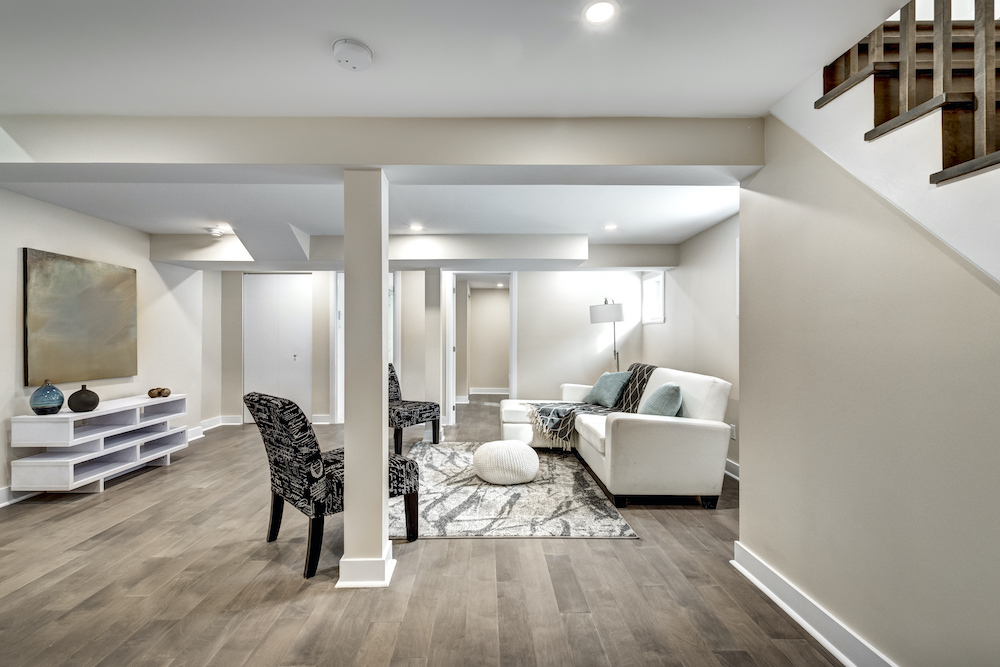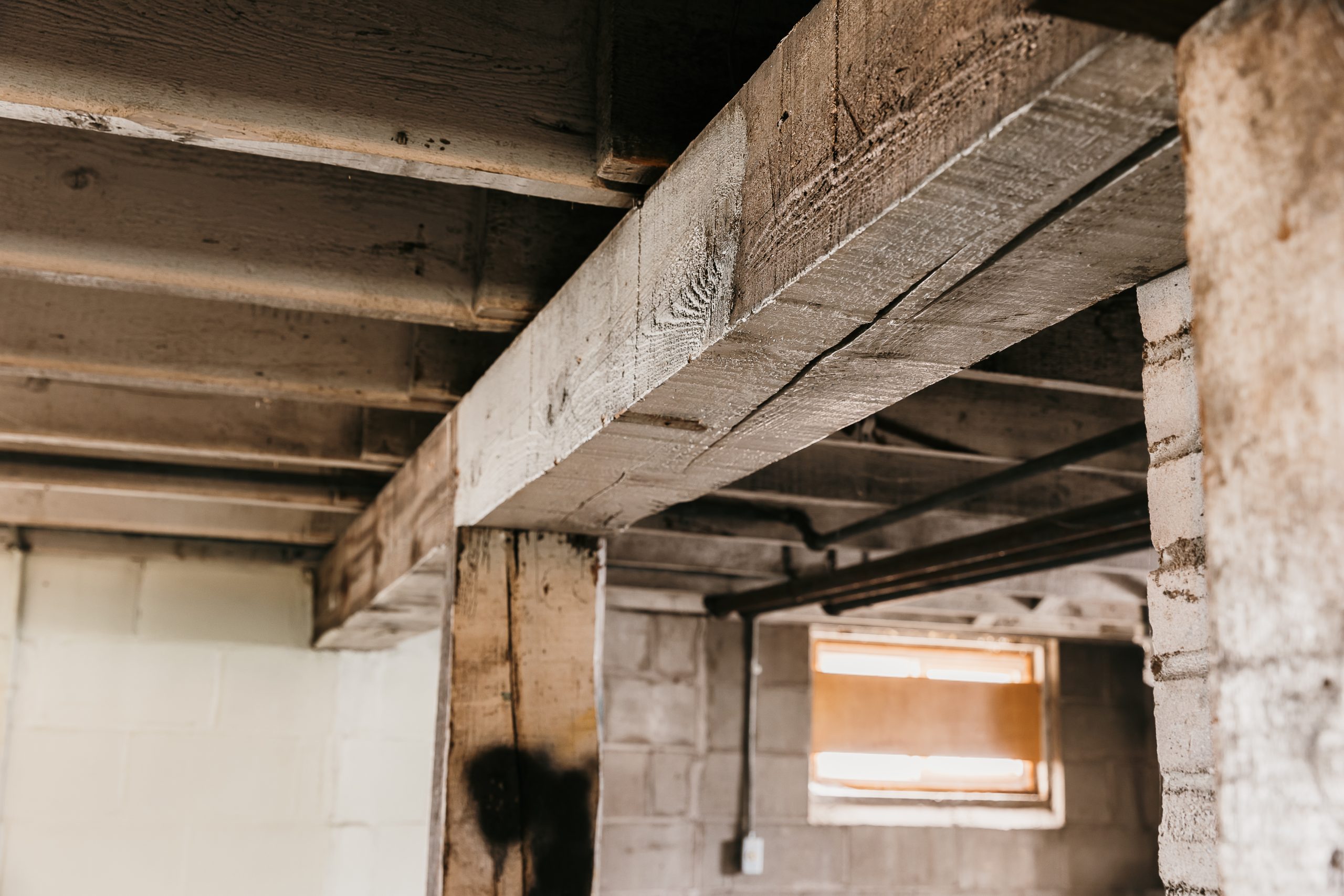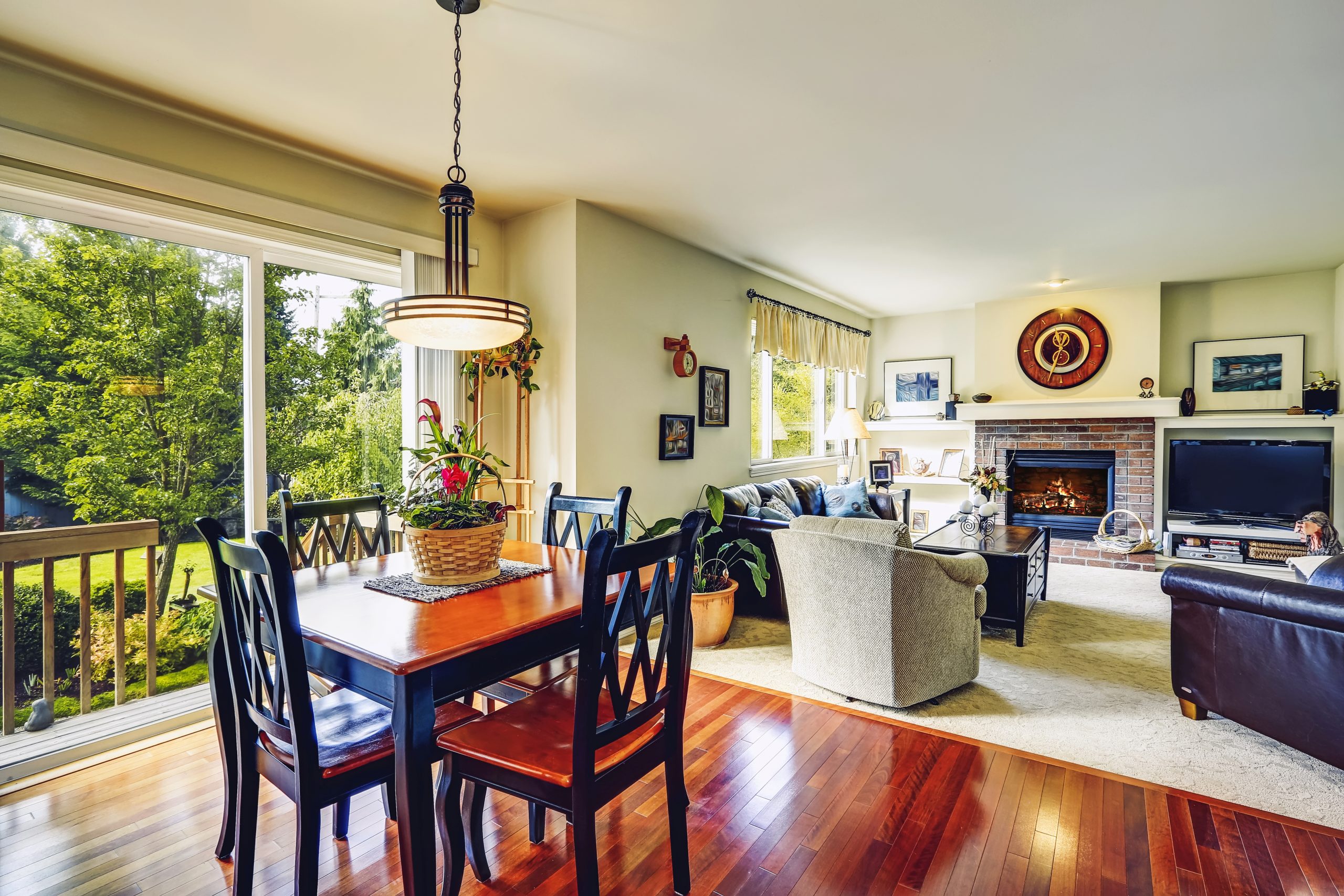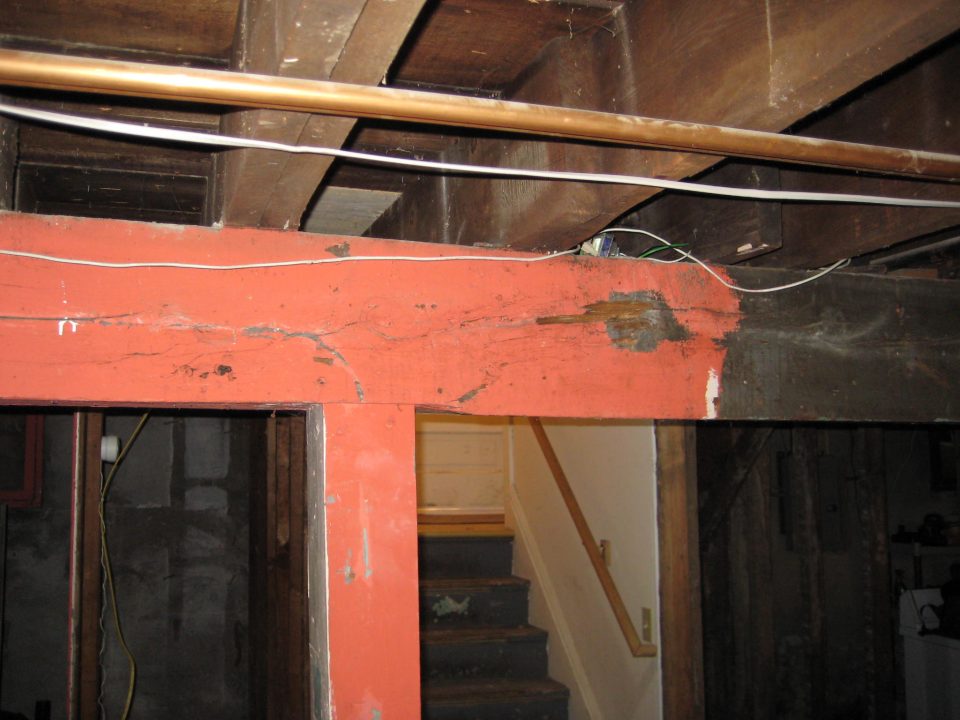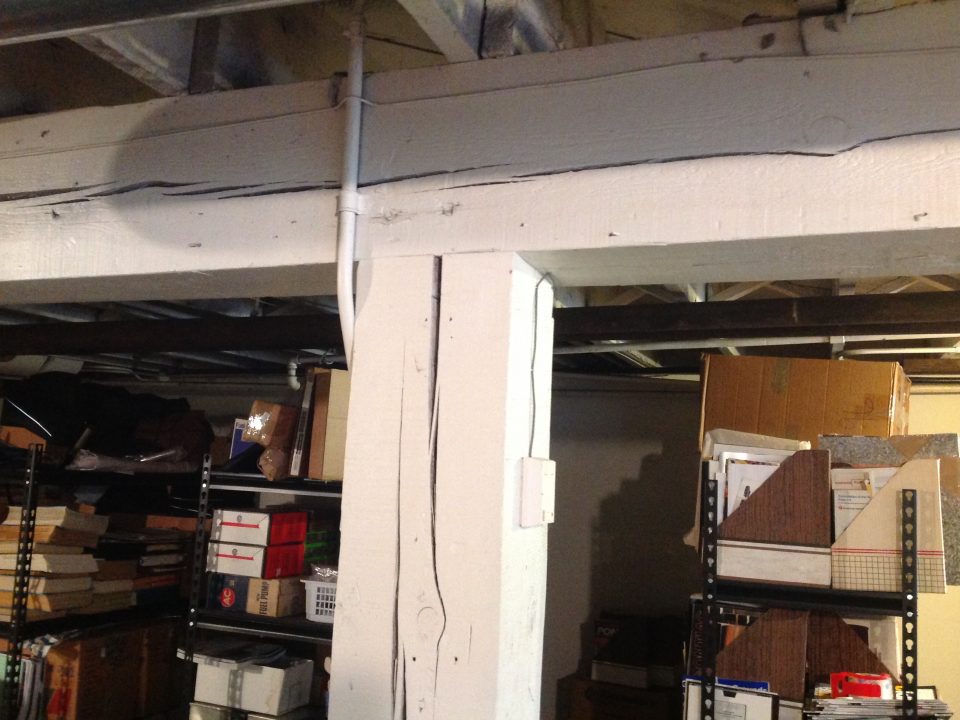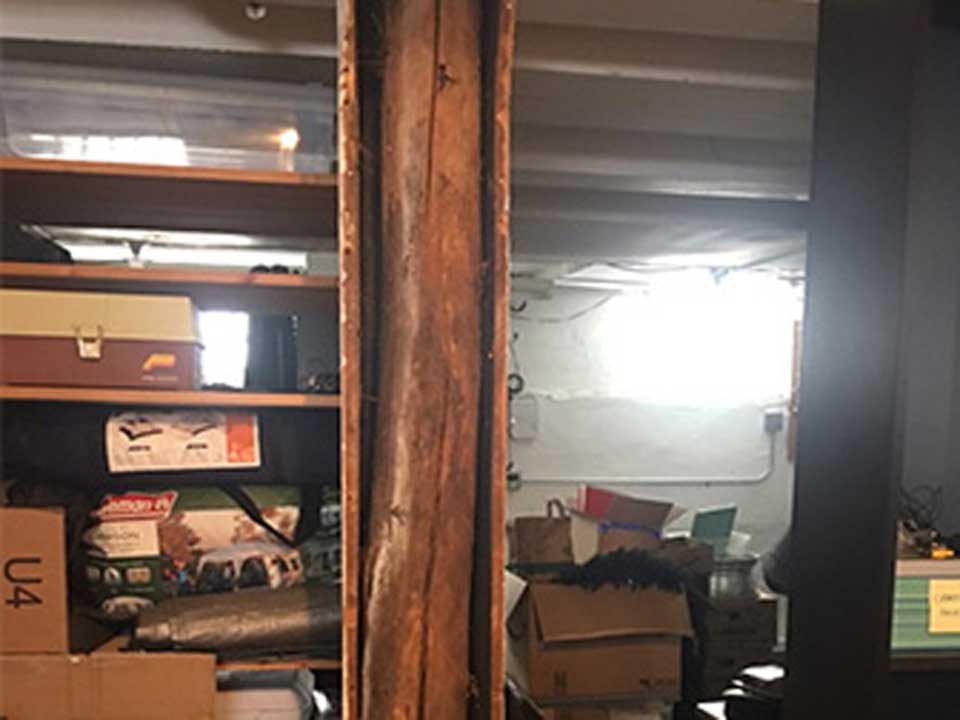SHOULD I REPLACE THE STRUCTURE IN MY BASEMENT WITH POST AND BEAM OR WITH BEARING WALLS?

What Materials Are Used To Replace My Post And Beam System In My Basement?
February 9, 2021If you own a home that is more than 100 years old, there is a good chance the wood structure in your basement – consisting of post and beam systems or bearing walls – is approaching the end of its service life. This often results in out-of-level conditions on your main floor, and cracks and excessive sagging in the wood structure that tell you it is time to act.
Replacing this structure in your basement might be one of the strangest projects of your life. You are paying for something that only needs to be done approximately every 100 years. This is a job that’s easy to procrastinate on but, under certain circumstances, it’s absolutely necessary and sometimes urgent.
When a professional arrives to talk to you about supporting your home with shoring and replacing the structure, one of the most important considerations is whether you will replace the bearing lines with post and beam systems or bearing walls. You don’t need to use the system that is currently in place; the two are usually interchangeable, and the difference in cost and functionality can be substantial.
First, let’s define bearing lines. Loads all find a path through your structure to carry their way down to earth. Types of loads include the snow on your roof, building materials in your home, contents such as furniture and “live loads” – people and pets. Think of lightning striking your roof and finding its way down. These loads find their way to bearing lines, the most important of which is your foundation, or perimeter bearing line. Approximately 75% of your home’s weight is carried on the foundation. The remainder of the load is carried on post and beam systems and bearing walls within the footprint of your house, or intermediate bearing lines. At Brad Scott Construction, we concern ourselves primarily with intermediate bearing lines. Mostly, we replace them when they have worn out or we change them due to design considerations.
The difference between post and beam systems and bearing walls are as follows:
Post and Beam System
Advantage: They are open beneath, creating open sight lines and traffic paths.
Disadvantage: They are quite a bit more expensive.
Bearing Wall
Advantage: They are cheaper and quicker to build.
Disadvantage: They divide up space and you can’t walk through them.
As you consider the options for replacing the worn-out structure in your basement, consider whether any of the spans between posts currently being supported by beams can be replaced by bearing walls. In some cases, we find basements where these spans have already been filled in with bearing walls. If you don’t need to have open space under spans or the ability to see through the spans between posts, it is usually to your advantage to choose a bearing wall. If properly designed, there is no difference in their ability to properly support your house.
Also consider that you could use a combination of the two. In many basements in Minneapolis and St Paul, only half of the basement has any chance of providing an open sight line. This space is usually used as a family room. The other half of the basement is usually used for furnaces, water heaters, and storage. This area often lends itself better to the opportunity to save money by using a bearing wall instead of post and beam.
At Brad Scott Construction we offer consultations to advise you on how best to configure the structure in your basement, and also how to put your house back to level during the installation.

